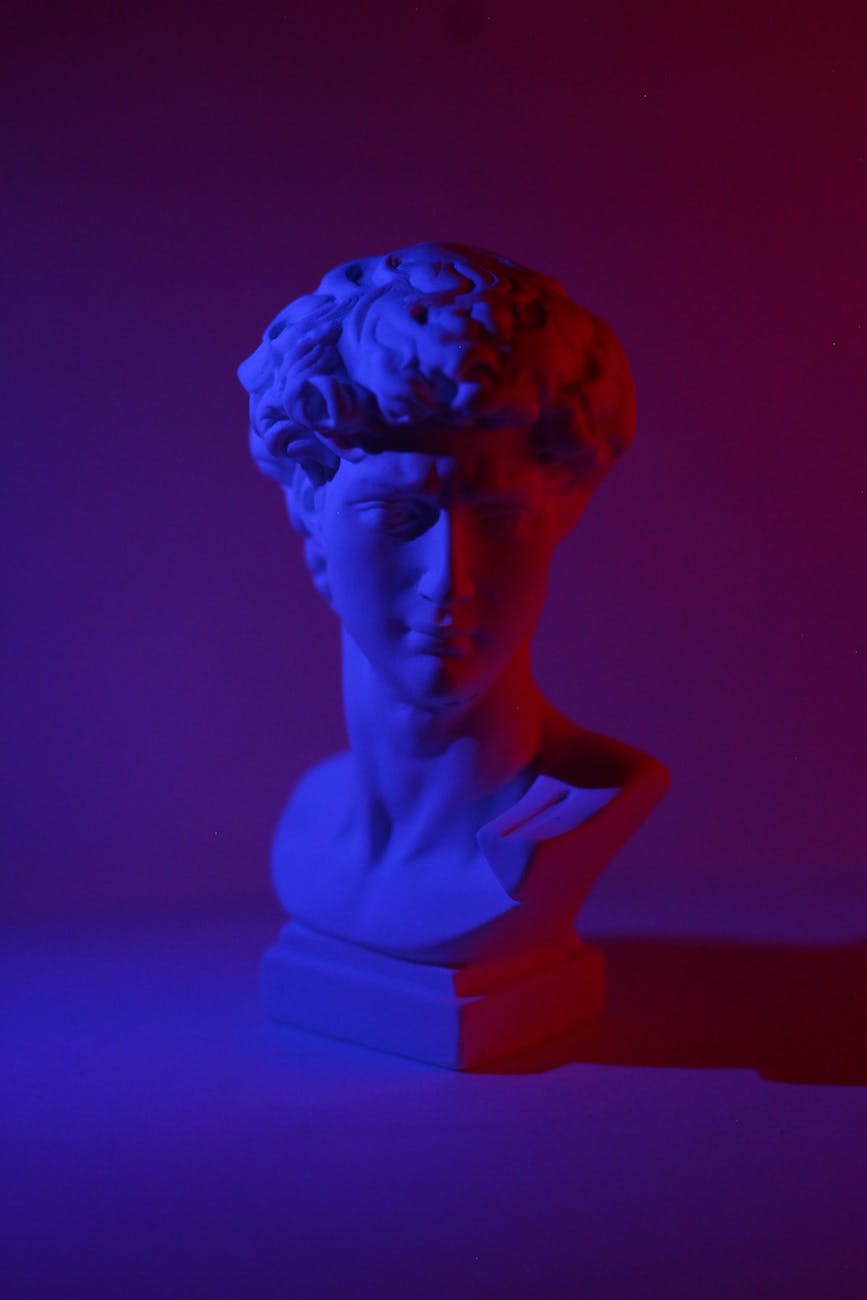The Art of Sculpture Glazing: Enhancing Artworks with Colors
While sculpting shapes the physical form, glazing completes the artwork by saturating it with color. Mastering the art of glazing requires understanding the intricacies of glaze chemistry, firing techniques and visual effects. When done skillfully, glazing sculpts light itself, imbuing textures with luminosity and depth. The transformative powers of coloration make glazing an essential skill for sculptors in clay and glass.
Glaze Science
Achieving brilliant glaze effects relies on ceramic chemistry:
- Glazes contain frit, silica, flux, and colorants ground into a suspension that coats surfaces.
- Frit facilitates melting, silica forms glass, fluxes lower melting temperature. Metal oxides provide color.
- Glazes vitrify via heat, fusing into a glassy transparency. Optimal melt viscosity coats without running.
- Thermal expansion must match the clay body so the glaze doesn’t crack during temperature changes.
- Multiple glaze layers create depth. Underglazes accentuate carving before transparent layers intensify color.
Glazing Techniques
Methods impact aesthetic effects:
- Brushing in layers builds up even satiny surfaces. Sponging creates mottling.
- Pouring and spraying glazes saturates textures. Wiping areas clean leaves subtle tints.
- Masking sections with wax or tape preserves pure clay color. Crisp lines separate glazed and unglazed zones.
- Allowing some dried drips creates dramatic streaked effects. Wetting metal with water produces lustrous beads.
- Sandblasting post-firing reveals carved textures through semi-opaque layers. Incising lines exposes clay color.
Optimal Firing
Proper firing fixation prevents flaws:
- Bisque fire raw clay first to harden before glazing. Glazes shrink and adhere better to bisque.
- Fire to cone temperatures matching glaze. Overfiring can cause bubbling, underfiring won’t fully melt.
- Long hold at max temperature allows thorough fusion before gradual cooling. Thermal shock risks cracking.
- Oxidation firing with good air flow produces vivid colors. Reduction firing introduces striking metallic effects.
- Use test tiles to preview firing effects. Note differences in clay bodies and kiln positions.
Creative Glazing Effects
Glazes transform sculpture’s visual impact:
- Iridescence – Silvery crystals in the glaze refract light into rainbow hues. Dramatic on textured surfaces.
- Mottled Accents – Varied opacity and colors pooling in crevices create eye-catching depth.
- Drips and Dramatic Surfaces – Arresting uneven effects that catch light uniquely.
- Photographic Transfers – Photos fired into ceramic decals for realistic details.
- Gilding – Brushstrokes of gold leaf illuminated under glazes. Luminous accents.
The limitless possibilities glazing offers for embellishing sculpture make mastering the art worthwhile for completing any ceramic artwork with perfect polish and flair.
